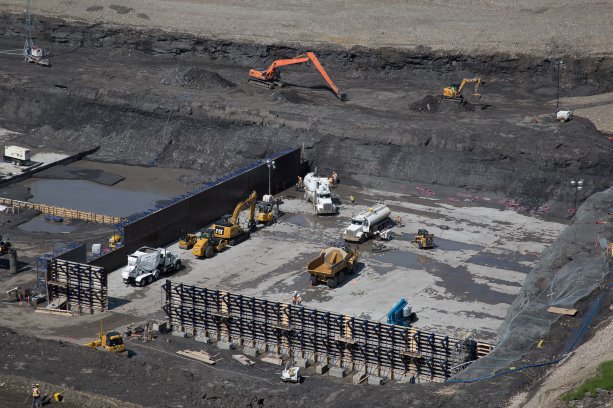The proportion of B.C. high school students entering the trades following graduation has dipped, new research from the BC Construction Association (BCCA) shows.
This is the first time the trend has fallen since the association began tracking it four years ago.
In 2013 the association estimated that one in 93 students went into trades training after high school.
By 2016 that number rose by 35 per cent to one in 69, but this year there has been a slight reversal to one in 70.
The association is estimating that 14,200 construction jobs will go unfilled in the province due to labour shortages by 2026.
This could be a concern in a province flush with work with more on the way, states the association.
The BCCA also reported that there are currently $75.1-billion worth of construction projects underway, with the value of future projects estimated at $325 billion. The construction workforce has grown by 12 per cent this year, with six per cent more companies operating and paying a total of $13.2 billion in construction wages.
Construction remains B.C.’s largest employer in the goods sector, contributing 8.6 per cent of GDP.
"This speaks to a robust construction sector — the fact that there is $75 billion projects underway," said association president Chris Atchison.
He added that a strong provincial economy has caused an ongoing decline in the youth unemployment rate overall, meaning the construction industry has even more competition to gain workers.
According to the association, the main reason for the predicted skilled worker shortage is retirements, with two-thirds of the workforce over the age of 45. Atchison noted, however, that the amount of anticipated unfilled jobs has been trending down over the past four years, partly due to economic conditions in Alberta.
Low oil prices have seen more than 25,000 workers in Alberta come to B.C., soaking up some of the labour needs.
"That speaks well to how attractive the province is to workers." he said, but added that, "we are only one major project or a significant investment away from seeing those numbers balloon."
One major change in the province has been its new NDP government.
Atchison said he is looking forward to working with provincial officials to continue to address the issue of sourcing labour.
"I think that they need to continue to demonstrate their confidence in the construction industry," said Atchison. "They need to encourage investment, but also encourage the promotion of skilled trades as a meaningful and productive way of life for youth."
He said construction needs to be an industry of choice for young people.
"When I look at many of those in this industry that are looking to retire and I see the projects they have built and the lives they have built for themselves, it is pretty impressive," he said.
In response to the NDP taking another look at the Site C dam project, government legal involvement in the Trans Mountain Pipeline Expansion and the halt to work on the Massey Tunnel Replacement project Atchison stated the association understands that some reviews are appropriate.
"I think our message been that we want to make sure that any government that is in power is up on the construction industry. The fact that this new government has reviews underway or are revisiting some decisions already made, where it’s appropriate, we can see the justification for those reviews," he said. "We want to work with this government to stabilize the feeling among people in the construction sector and investors that wish to continue to bring their projects, ideas and creativity to the province so we won’t stifle any of those projects that B.C. needs."
Atchison said he is excited to start this process once the Deputy Ministers Industry Infrastructure Forum begins meeting again this year.
The forum was created in January 2013 in response to calls from the province’s industrial, commercial, and institutional construction industry for a stronger relationship with the government.
It brings together deputy ministers from the six big infrastructure ministries with industry representatives to work together on big issues that impact the construction industry.
Initiated by the BCCA, the group meets several times per year.
The group consults, discusses and shares information and ideas related to improving government’s infrastructure procurement practices and use of construction-industry resources. The forum went on hiatus during the recent election.
"That is a good sign for the industry and stakeholders to have this type of meeting," said Atchison. "It is a positive step and it is good to keep channels of communication open."











Recent Comments
comments for this post are closed